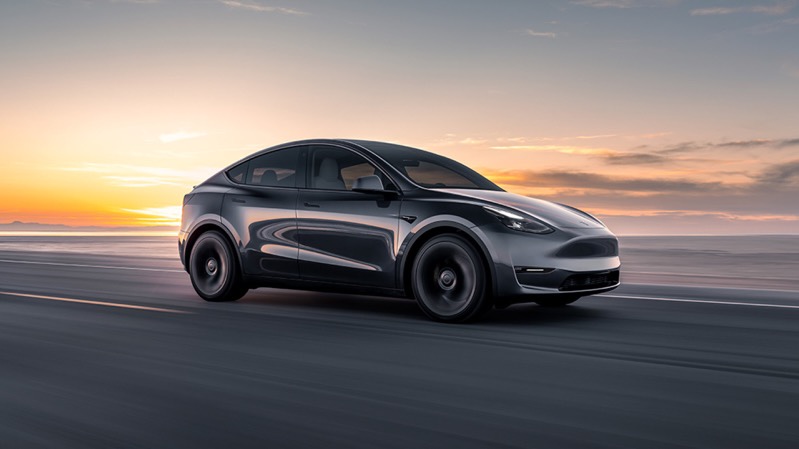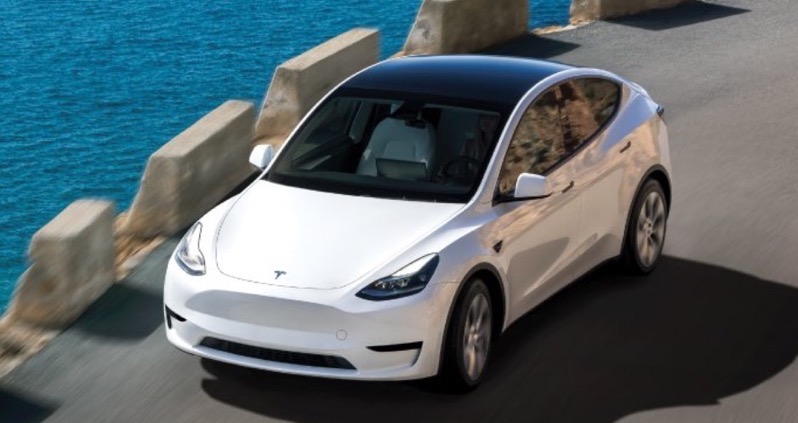
Tesla Model Y Price Cuts Triggered Sales Surge, Shows Data

In a strategic move to bolster sales, Tesla slashed the prices of its vehicles in Q1, an initiative that has yielded significant results, particularly for the Model Y crossover, according to the latest U.S. new-vehicle registration data from Experian.
The price reduction led to a dramatic 79% surge in Model Y registrations, while the Model 3 sedan experienced a more modest 11% increase, reports Automotive News.
The decision to cut prices follows CEO Elon Musk’s recent statement that he was prepared to trade off profits to ensure the company achieves its ambitious global growth target of 50% annually for the foreseeable future. Musk disclosed that the company’s orders have surpassed production. Tesla is aiming to produce between 1.8 million and 2 million vehicles globally this year.
The Model Y benefitted the most from the price reductions, with its starting price falling from $67,440 to $56,630 by the end of Q1. Meanwhile, Tesla’s overall U.S. registrations swelled by 37% compared to the same period last year, reaching 155,360 vehicles. Of these, Model Y accounted for 93,294 units, representing over one-third of all EV sales within that period.
The introduction of a new federal tax credit, worth up to $7,500 for the Model Y, as of Jan. 1, has provided an additional purchase incentive for consumers. This is a marked change from the previous year, when Tesla had exhausted its quota for federal tax credits.
Despite the overall success, not all models fared equally. While the Model Y and Model 3 saw increased registrations, the Model S and Model X, built on an older platform, posted mixed Q1 results. The Model S registrations plunged 71%, while the Model X rose by 34%.
We saw how Tesla recently cancelled production of its right-hand drive versions of Model S and Model X for Australia and New Zealand, disappointing customers, and hinting at changes coming for these higher-priced flagship cars.
Although Tesla’s share of the U.S. EV market dropped from 72% in Q1 2022 to 60% in Q1 2023, the total number of EV registrations has grown significantly. The overall EV market represented 7% of the U.S. light-vehicle market in Q1, up from 4.6% a year earlier.
The company is not resting on its laurels. Tesla recently opened two new factories in Texas and Germany, which are expected to boost the Model Y’s annual capacity by about half a million vehicles. It also continues to adjust its prices as needed and offers a slew of incentives, including preferential interest rates, free access to its Supercharger network for some models, and a revived referral program.
These strategic moves have kept Tesla ahead of its competitors, such as Chevrolet, Ford, Volkswagen, Hyundai, and Mercedes-Benz, despite these brands and other start-ups slowly chipping away at Tesla’s dominant market share. Tesla’s actions indicate a clear commitment to growth and an aggressive strategy to maintain its position as a leader in the EV market.

